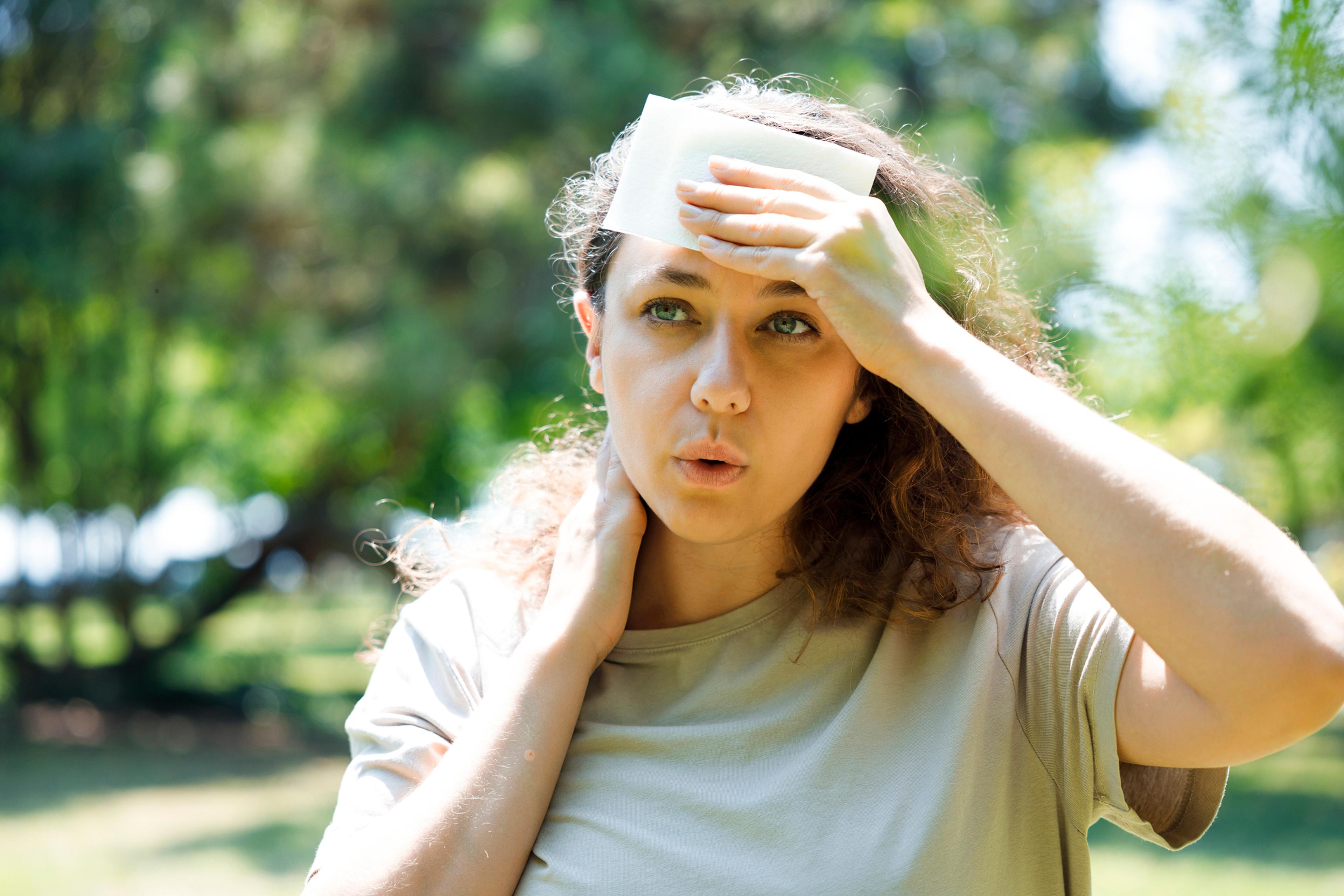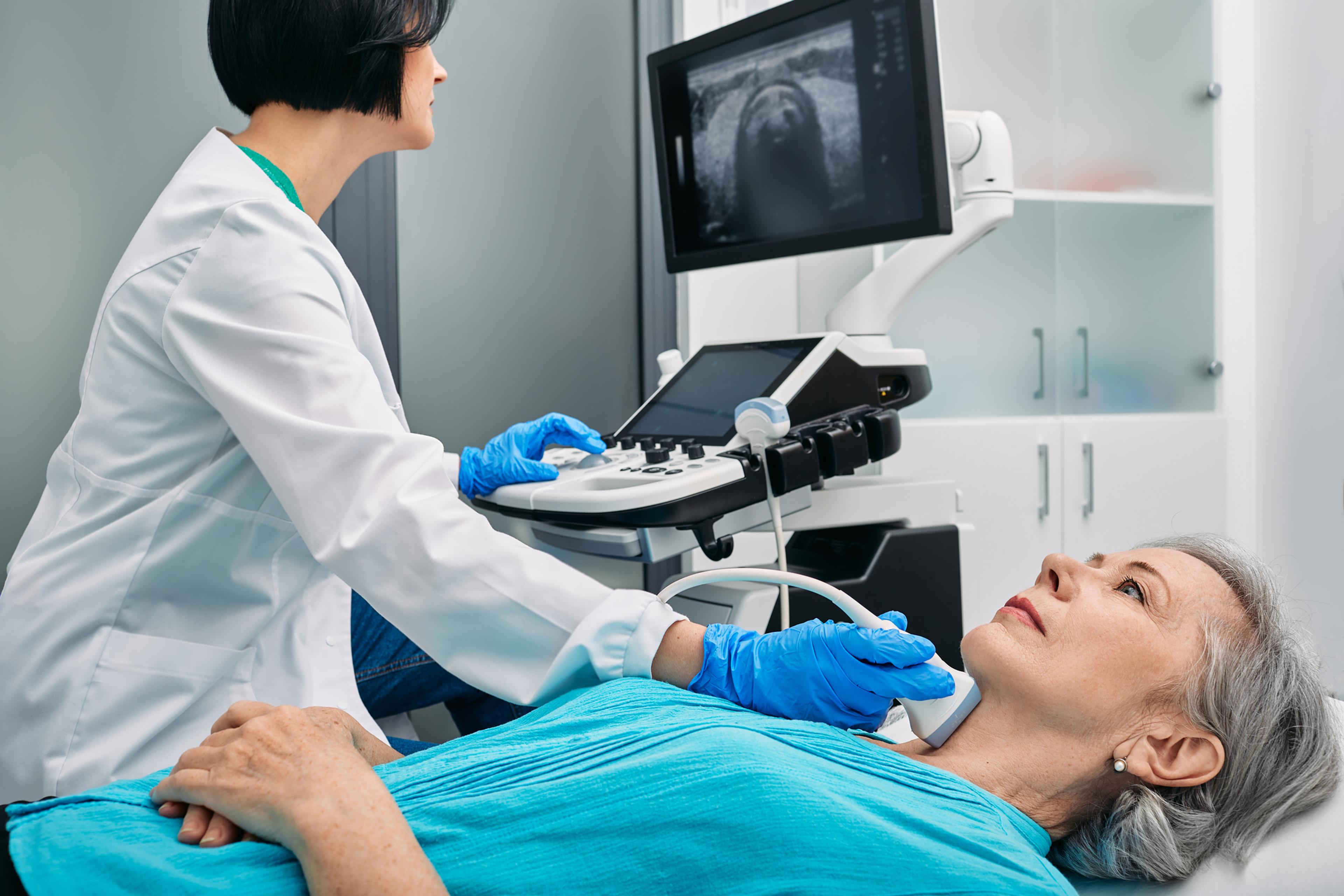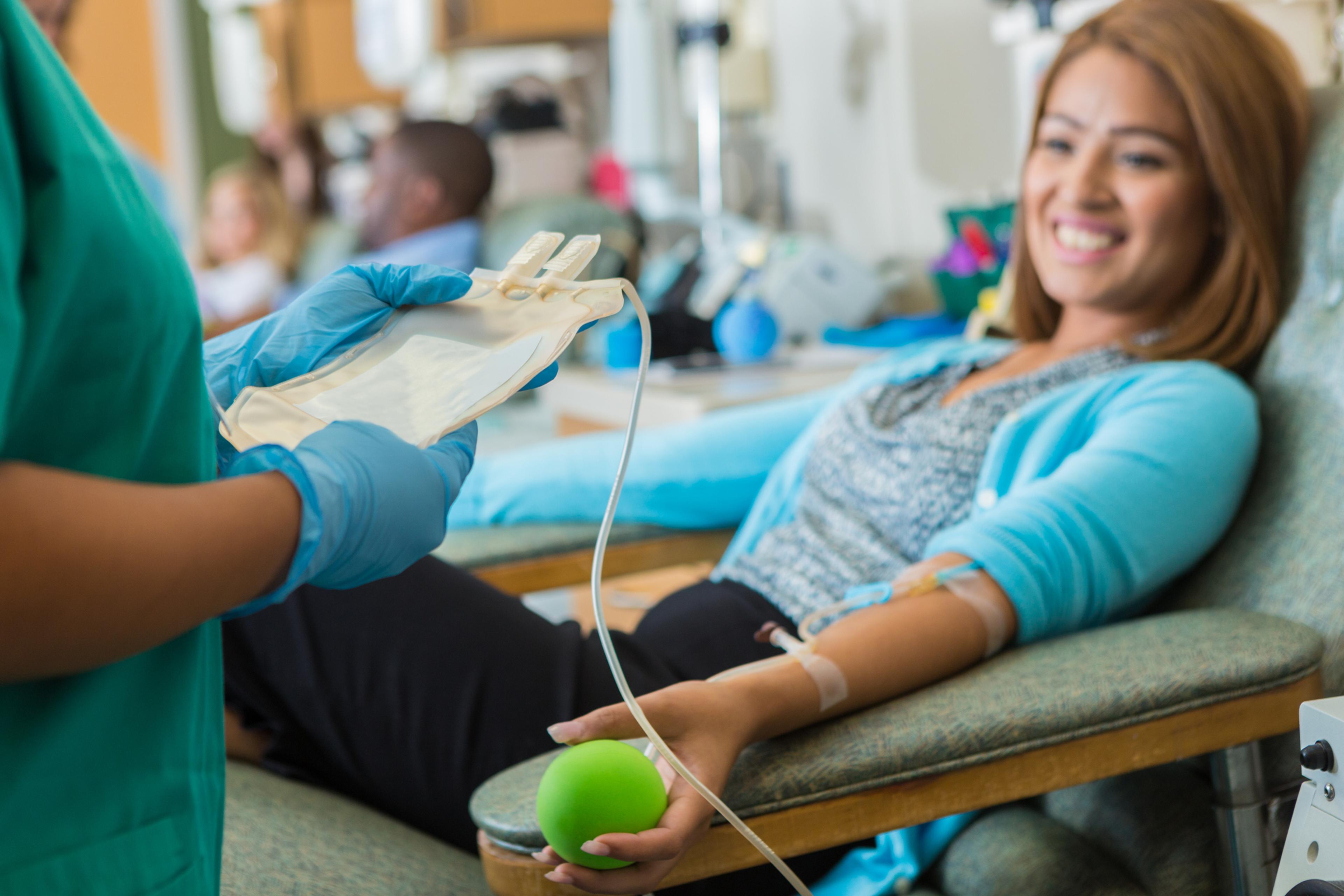The Danger of Heat Exhaustion and Heat Stroke

Lindsay Knake
| 3 min read
Lindsay Knake is a brand journalist for Blue Cross Blue Shield of Michigan.

Exercising or doing yardwork outside can be a tough but rewarding task in the summer. However, an intense effort in the heat can lead to dangerous heat illnesses like heat exhaustion and heat stroke.
If left untreated, these conditions can become life-threatening. Learn more about these related conditions, how to avoid them and how to treat them.
What is heat exhaustion?
Heat exhaustion, the most common heat-related illness, is when your body loses too much water and sodium and struggles to cool down during intense physical activity in the heat, according to the Cleveland Clinic.
Symptoms of heat exhaustion include:
- Heavy sweating
- Thirst
- Muscle cramps
- Dizziness
- Headache
- Feeling weak or tired
- Nausea or vomiting
- Increased heart rate or weak pulse
- Hyperventilation
- Body temperature from 101 to 104 degrees Fahrenheit
These symptoms can start suddenly or come on gradually, according to the Mayo Clinic.
Muscle cramps, or painful muscle contractions, are often the first sign of heat exhaustion. You are likely to experience them in the muscles you’re using the most, such as arms or legs.
What is heat stroke?
Heat exhaustion can progress into heat stroke, which is a life-threatening medical condition, according to the Cleveland Clinic. The symptoms of heat stroke include:
- Inability to sweat
- Fainting
- Seizures
- Brain dysfunction such as confusion, slurred speech and agitation or aggression
- Body temperature at 104 degrees Fahrenheit or higher
Heat stroke can lead to decreased oxygen and blood flow, muscle breakdown, organ damage and in some cases, death. Organ damage from heat stroke can last for years.
Treating heat exhaustion and heat stroke
If you start to experience early symptoms of heat exhaustion:
- Stop exercising or working immediately.
- Seek shade or air conditioning and lie down.
- Remove unnecessary clothing.
- Cool yourself with fans, cold water or ice.
- Slowly sip water or a sports drink with electrolytes unless you show signs of heat stroke.
- Seek medical assistance so a health care provider can examine you and offer any necessary care.
If you or another person show signs of heat stroke, call 911 immediately. Follow the heat exhaustion protocols as you wait for medical assistance, but do not drink water because people with heat stroke can inhale fluids rather than drink them.
Following a heat-related illness, rest and talk to your primary care provider (PCP) for a longer-term recovery and prevention plan.
How to prevent heat illnesses
Take precautions to stay safe from heat-related illnesses when it’s hot and humid outside. Drink plenty of water, especially if you are sweating or are at risk of heat exhaustion.
When you exercise in hot weather, keep water with you, wear an ice bandana and take regular breaks. However, don’t do intense outdoor work or exercise during the heat of the day, especially from 10 a.m. to 6 p.m. on very hot days.
While young children and adults older than 65 are at higher risk of heat illness, anyone can experience these in the right conditions. Check with your PCP to see if any chronic conditions or medications make you more vulnerable to heat. Antidepressants and antihypertensive drugs can increase heat sensitivity, according to the U.S. Centers for Disease Control and Prevention.
Image: Getty Images
Related:





